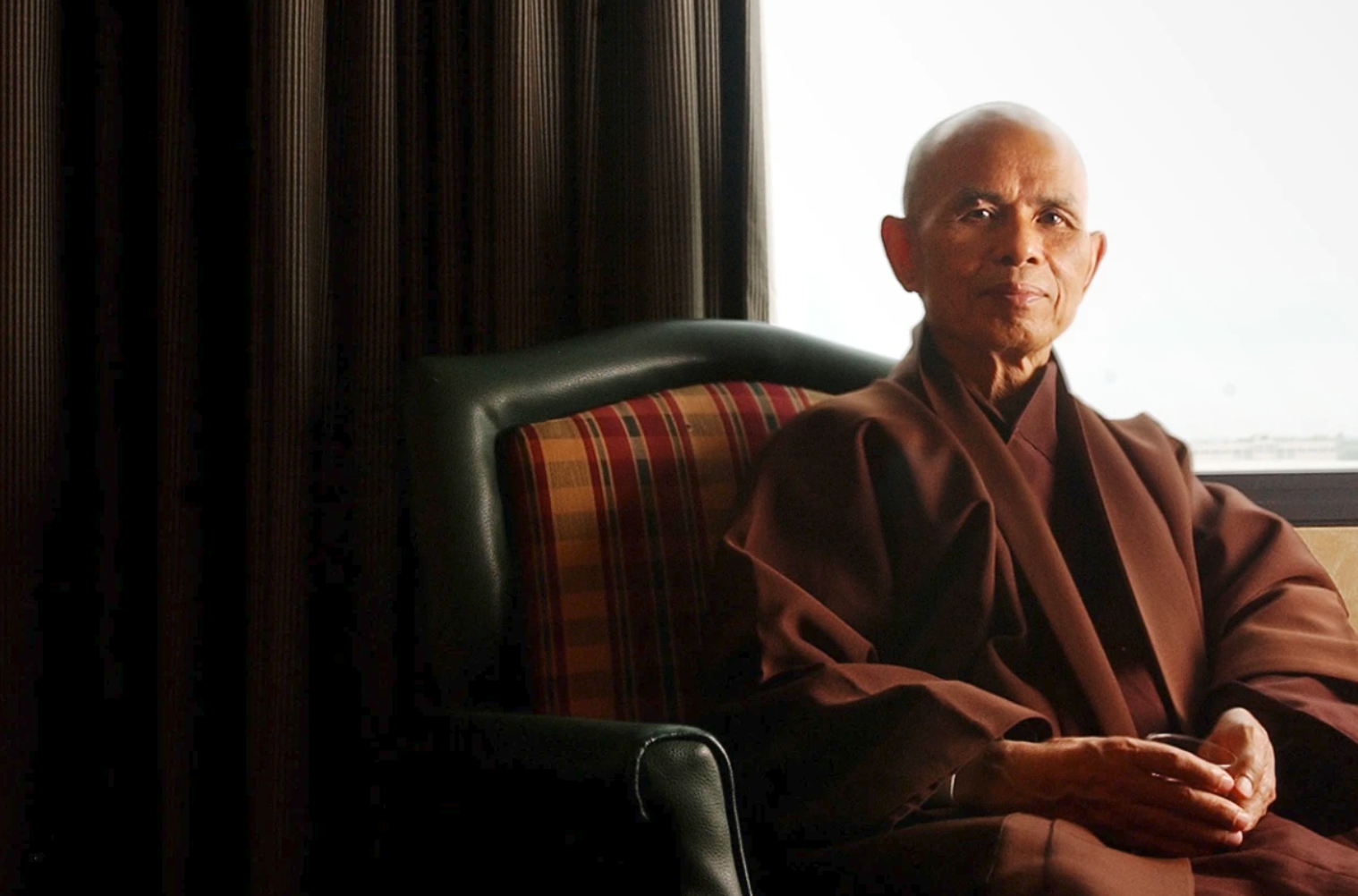
With diamond clear intention, instill faith everywhere. With mirror-like wisdom, stabilize all chaotic minds. – Lama Je Tsongkhapa
One of the most common ideas about peace is that it is the absence of war, that it is rest, and perhaps on some deeper level, safety or freedom from fear. Peace is all of this, clearly, but I’d like to say something here about the power of peace as more than the mere absence of conflict, or the threat of conflict.
The presence of peace when it is there powerfully is very stable and solid. It can have the effect of pacifying aggression, anger, suffering, and fear, and it is able to heal those diverse problems on deeper and deeper levels. If we can move in this way, from thinking of peace as only the absence of strife, a ‘cease-fire’ if you will, to regarding it as a positive force, then we can begin to cultivate such peace as the foundation for a truly healthy life and society.
In Praise of the Qualities of Peace
To say peace is not war does not begin to touch what peace is. For example, peace is inherently joyful. The presence of true peace promotes clarity and wisdom, and health for the body and soul, or the inner life of a person and the community. To the extent that peace is there, all good qualities that accompany peace, and all that it enables can also be there.
Thich Nhat Hanh has a verse for meditation that says,
Breathing in, I see myself as a flower,
Breathing out, I feel fresh…
Breathing in, I see myself as a mountain,
Breathing out, I feel solid….
Freshness and solidity are naturally qualities of peace. The phrase, to be ‘solid as a mountain’ – this points to the fact that there are degrees of peace and stability a person can have. When the feeling of peace increases, it becomes more enduring, and reliable, and more of a resource of calm and freshness and joy that others can benefit from as well.
Peace has harmony and love in it also, naturally – right there, when there is peace, there is the wish to get along, to accommodate, to be inclusive, and to protect the happiness of others and our self, which are known to be deeply related. In peace there is strength.
Peace can calm and comfort all kinds of difficult emotions. Like a mother, or a father holding a baby when it is crying, the energy of love and calm penetrates the feelings of the child. It calms and comforts the child such that little he or little she can feel safe and happy and can rest. Such an energy is true nourishment. The great treasure that is peace is something we should recognize, and appreciate and enjoy as much as we can.
In terms of getting the most out of cultivating peace, through meditation, or contemplation, it should be noted that meditation is something we do consciously, and so the effect is deeper, and more thorough-going, for all our bodies.
Peace is True Strength
Thought of one way, war is not power, peace is power. Violence is not strength – the ability to counteract violence, in ourselves and in the world, to calm it, and transform it – that is true power. Rage is weakness, but calm presence, education, the ability to settle the mind and emotions, and build on that – this is true strength.
How to Cultivate the Power of Peace
There are many methods for bringing peace into our lives. A note before I describe these, though. The term ‘cultivate’ is used in contemplative traditions for a good reason. Developing some quality in our lives takes time and attention, just like taking care of a good garden would.
Because we are talking here about our experience here though, there is one more factor, that is useful to bring to our self-cultivation, in addition to time and awareness, and that is enjoyment. When we enjoy, take pleasure in our practice, and savor the good results we can have, then the effect and the benefits of peace goes much deeper. As Rumi says, ‘the rain soaks in the ground, and the fruit gets juicy’. This is how we should enjoy and be nourished by our peace.
A few methods: Going for a walk, slowing down a bit and making more room in our lives for reflection, and meditation methods such as following our breath while sitting or walking– all of these have proven their value for people. There is also the method of working with images that can have a wonderful effect. Here are four images I’ve found particularly useful.
First: Sometimes if my mind is noisy – more than usual – as if my thoughts themselves have thoughts – then I will imagine all this chatter as being like a great many birds in a big tree, or in a grove of trees, and I imagine telling them all to quiet down, with a gesture perhaps, or just by mentally putting my finger to my lips and saying ‘Shhhh…’. and in my mind I imagine that they do so, and believe me, I enjoy that feeling of peace – it’s quite a relief!
Second: Another image I’ve used over the years occurred to me to try after learning one of the meditation methods taught by Thich Nhat Hanh. He said,
Breathing in, I see my self as still water…
Breathing out, I reflect things as they are…
{or}
Water…
Reflecting….
Once someone showed me a picture of a lake in Canada, very still, very serene, with the mountains and clouds reflected in it. I can still picture this image, and holding it in my mind settles my thoughts.
John Muir has a quote about this:
…the lake is a perfect mirror reflecting the sky and mountains with their stars and trees and wonderful sculpture, all their grandeur refined and doubled, – a marvelously impressive picture, that seemed to belong more to heaven than earth…
It’s interesting to consider that all images have an effect on our body and mind, and not just the ones we choose. Meditating on select images makes this abundantly clear. As a result, we will become more discriminating about the kind of thoughts we hold.
Third image: I learned an interesting word, one I’ve found useful for the helping the feeling of peace, and that is ‘ballast’. Ballast is the water that a large ship or small boat will intentionally take on for the sake of stability. When there is more weight, the ship will not be so easily pushed around by wind and waves.
I try to identify when I need more of this feeling, of more weight and centered-ness, and I look to see what helps this feeling. When I feel more grounded, and like I have enough of the good ‘weight’ of peace, I feel like I’m better able to handle whatever the situation may be.
And four: The images of my teachers has been enormously helpful for me as well. We all have stores of positive images in our mind from our own life, and these can arise spontaneously when we need them most, or we can go looking for the kind of images that can benefit us.
For example, think of a teacher you have met, or whose picture you have seen who seemed settled, grounded, clear and kind. If you stay with this image for a while, it resonates. We can feel its positive effect in our body and on an emotional and mental level as well.
It’s worth repeating that this is something we should enjoy, we should savor – the stabilizing influence of the thought of a kind teacher.

Sometimes having the language to think or speak about something can help us to understand it. The opposite is also true: if we don’t have the language or clear ideas about something, it becomes harder to work consciously and intelligently in that area.I would like to propose here that one thing that can help us to cultivate a greater power of peace is to have some more clear ideas on the subject, the nature of peace.
Peace is being settled, so in that way it is the opposite of scattered, confused thinking, wild emotional states or the lack of control. From another perspective on the same function, peace is also collectedness, control, and the ability to be present with a steady mind and feeling.
There is a Mullah Nasrudin story about the uncontrolled, undisciplined mind. One day a person saw Mullah Nasrudin going back and forth on a galloping horse. The person managed to call out to Mullah Nasrudin, ‘Hey! Where are you going?’, and Mullah Nasrudin answered, ‘I don’t know! Ask the horse!’
This is how it is with an uncontrolled mind. If the mind wants to go up, we go up, we feel happy. If the mind wants to go down, we feel despair, or anger, or fear. Wherever the mind wants to go, or is triggered to go, without calm, without discipline, we have no choice. From what I can see, a lot of people’s suffering has this in common. People feel little or no control, and little or no choice when it comes to their states of mind.
When peace has been developed over time, and is there strongly, this brings control, and choice. The mind is not so easily influenced. Of course it takes more than a little experience of peace to counter some strong factors, but it is possible to ‘saturate ourselves’ with positive feelings of calm and well being, such that these very experiences begin to effect how we respond to people and to the world we live in.
We can become more stable and grounded, more solid and calm. To the extent that peace is there powerfully as a rich and strengthening resource in us, then, to that extent it is resistant to being provoked or stirred up to act irrationally.
The Far-reaching Benefits of Peace
Because the nature of mind is not material, it can be developed without limit. If we had to put the mind’s product in a room somewhere, we’d quickly run out of space, even if it was a big room, but we are talking about the mind’s qualities here, and this is something that can be developed without such restraints.
Here is what we really pass on to our descendants: not physical structures, or words or sounds and images, but the essential quality they bear. With real peace, there is health, safety, clarity, joy, gentleness, natural generosity, and harmony for generations to come.